Despite my opposition to High Speed 2, I am quite a big fan of HS1, the line which runs from St Pancras to Ebbsfleet, Ashford and on to other towns in north and east Kent. I also think HS3 — a proposed line linking the cities of t’Northern Powerhouse — is a good idea.
Why the inconsistency? Well, I believe HS1 and HS3 are significant innovations whereas HS2, though it costs far more and covers a much greater distance, is not. In fact I would argue, counterintuitively, that HS2’s greater length is precisely what makes high-speed rail less necessary: the cost of the longer journey means that most people do not make it very often.
Two years ago, Stewart Butterfield, a Silicon Valley innovator and one of the co-founders of both Flickr and Slack, made the following comment in an email to his colleagues: ‘The best — maybe the only? — real, direct measure of “innovation” is change in human behaviour. In fact, it is useful to take this way of thinking as definitional: innovation is the sum of change across the whole system, not a thing which causes a change in how people behave. No small innovation ever caused a large shift in how people spend their time and no large one has ever failed to do so.’
I think he is right. The best metrics for technology are not engineering metrics — speed, journey time, processor speed or whatever. They are human metrics — specifically the question ‘Will this change what people do?’ It is easy to produce innovations that look significant on paper but have little effect on human action.
Concorde was a case in point: there were only ever 2,000 David Frosts in the world who crossed the Atlantic so frequently that a three-hour time-saving mattered to them. The humble low-cost airline, however, pricing tickets according to demand, has changed the behaviour of millions. (Another unsung success of recent years is the introduction of cheap advance first-class rail tickets, by far the fastest-growing type of fare. These trebled my use of trains.)
Butterfield’s Law explains why HS1 and HS3 might be better than HS2: they change behaviour more. To understand why, you need to acknowledge that human behaviour cannot be modelled using what physicists call ‘mean field theory’. If you assume that human beings are interchangeable atoms, you can simply choose a metric such as ‘minutes saved per passenger journey’ and use that to define success. But if you want to change behaviour, you have to acknowledge that people aren’t atoms. There is a big difference between saving ten people 30 minutes 400 times a year and saving 200 people 30 minutes 20 times a year.
Before HS1, commuting between east Kent and London took over 90 minutes each way — the same as travelling from Bristol. It now takes 56 minutes. A Canterbury commuter now has an extra 250 hours at home each year: this is a life-changing difference, which makes seeking work in London feasible. Similarly, HS3 would make it possible to work in Manchester while your spouse worked in Newcastle. A couple might save 400 hours a year.
By contrast, normal people don’t travel between London and Manchester more than 20 times a year (if you are commuting from Manchester to London, you don’t need a train, you need an estate agent). The prospect of saving 30 minutes twice a month is not a game-changer.
A transport link ‘agglomerating’ the cities of the north is a much better idea. If nothing else, it would mean that the mutual loathing of Manchester, Leeds, Liverpool and Newcastle might at least be informed by actual experience.
Got something to add? Join the discussion and comment below.
Get 10 issues for just $10
Subscribe to The Spectator Australia today for the next 10 magazine issues, plus full online access, for just $10.
Rory Sutherland is vice-chairman of Ogilvy Group UK.
You might disagree with half of it, but you’ll enjoy reading all of it. Try your first month for free, then just $2 a week for the remainder of your first year.


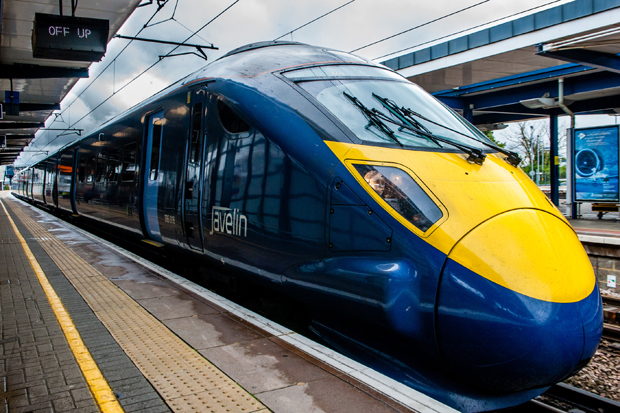
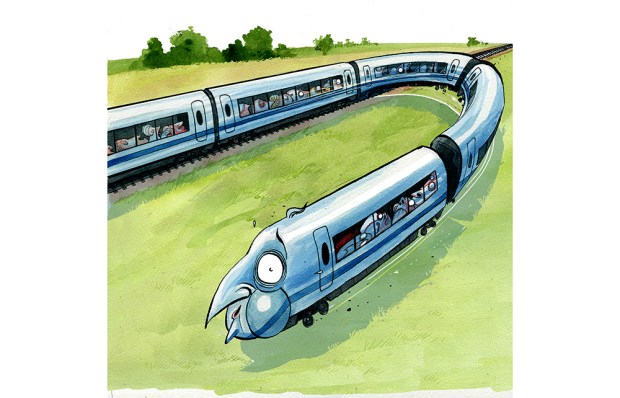
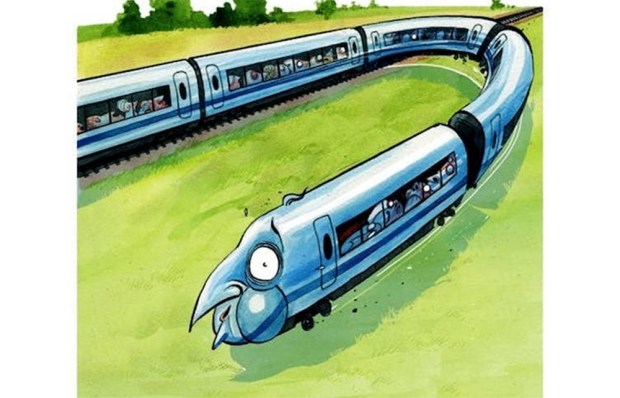
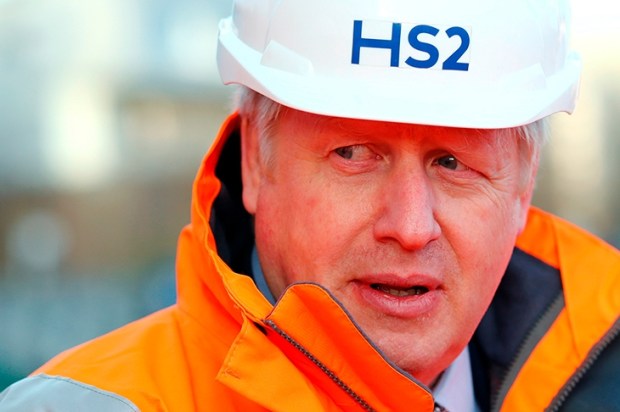
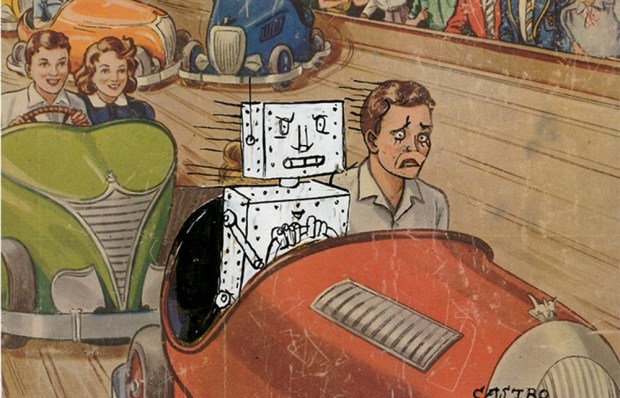








Comments
Don't miss out
Join the conversation with other Spectator Australia readers. Subscribe to leave a comment.
SUBSCRIBEAlready a subscriber? Log in